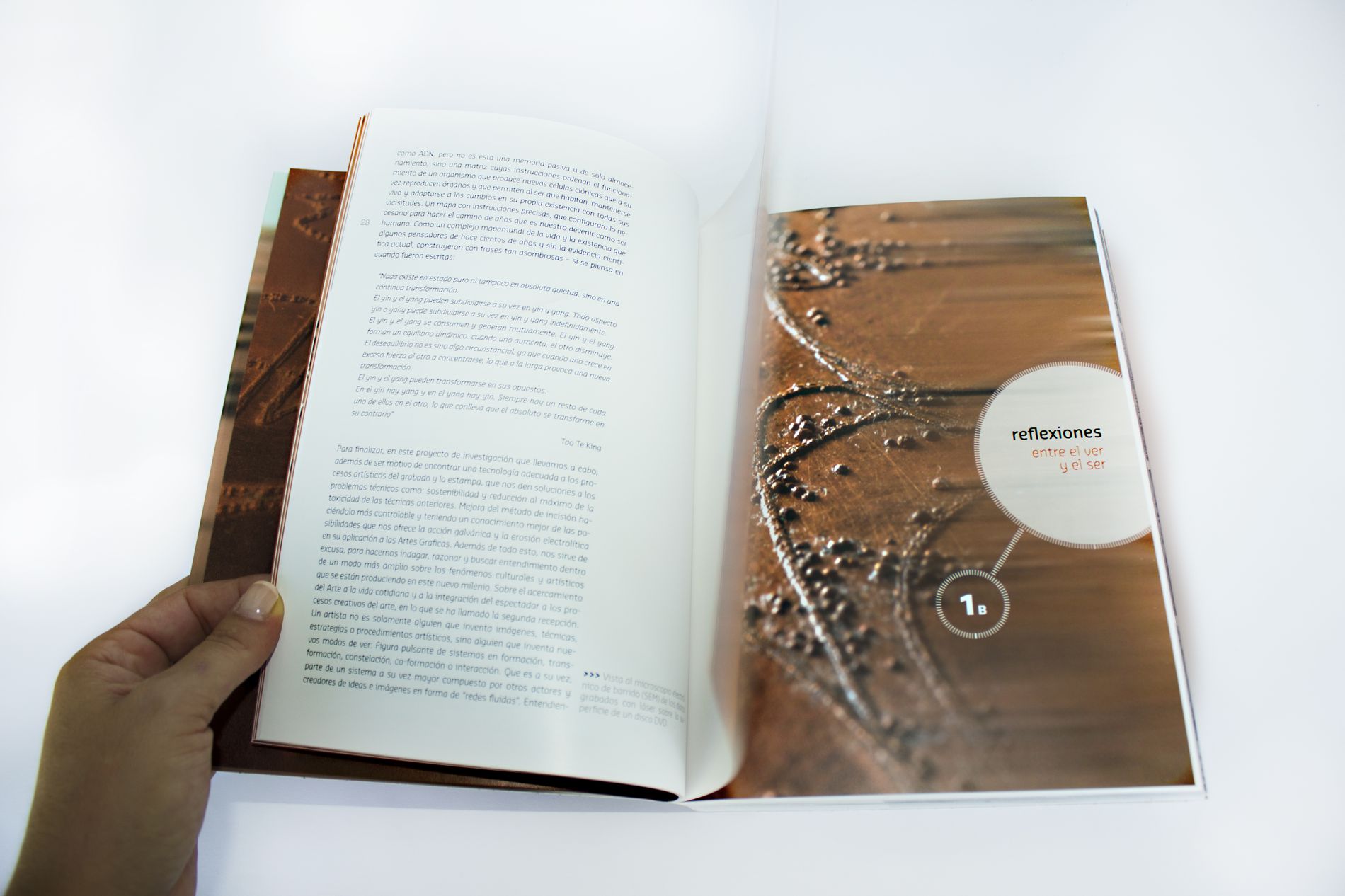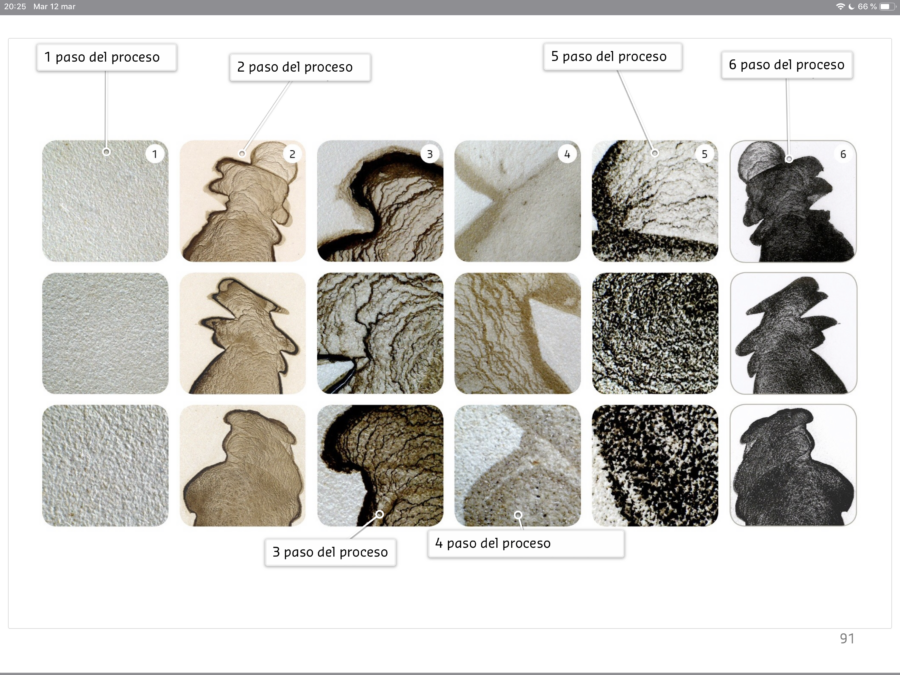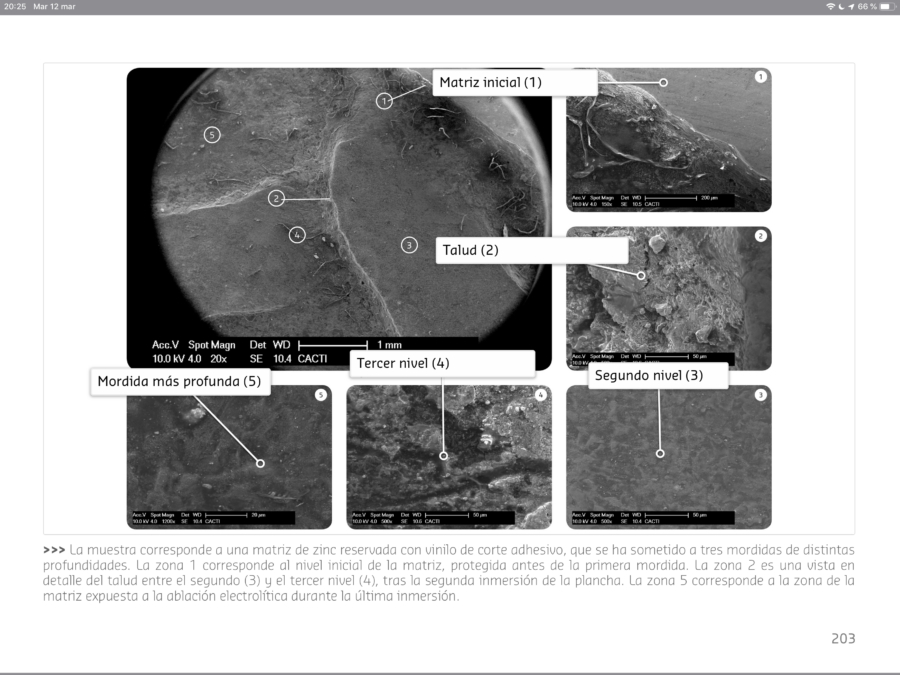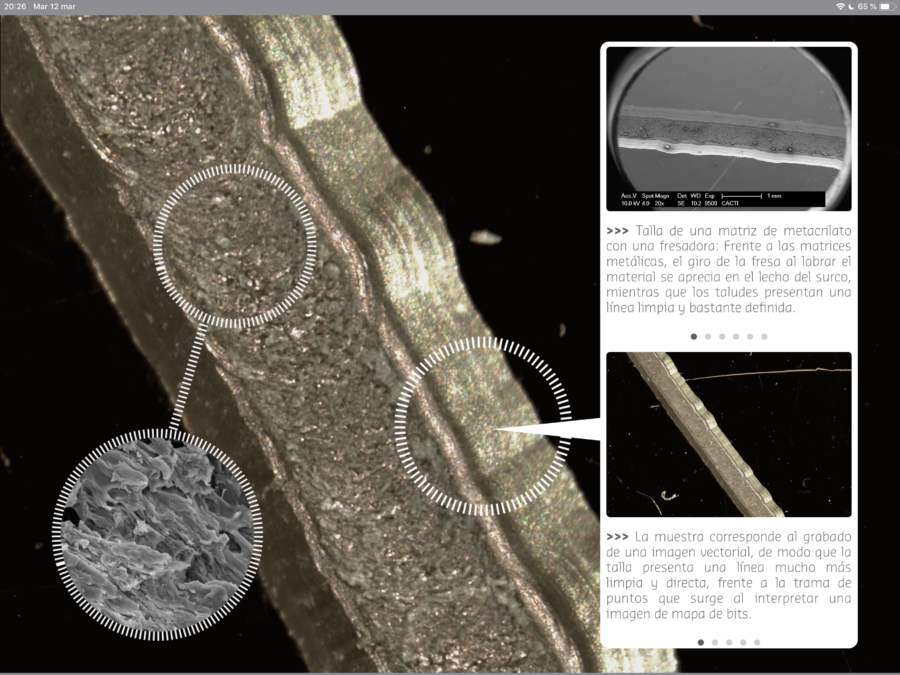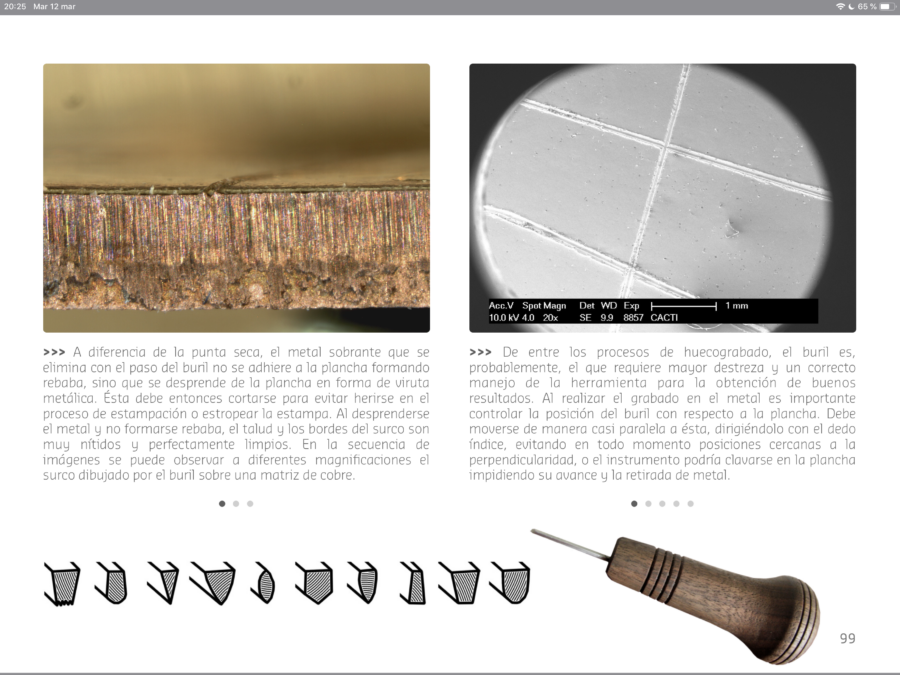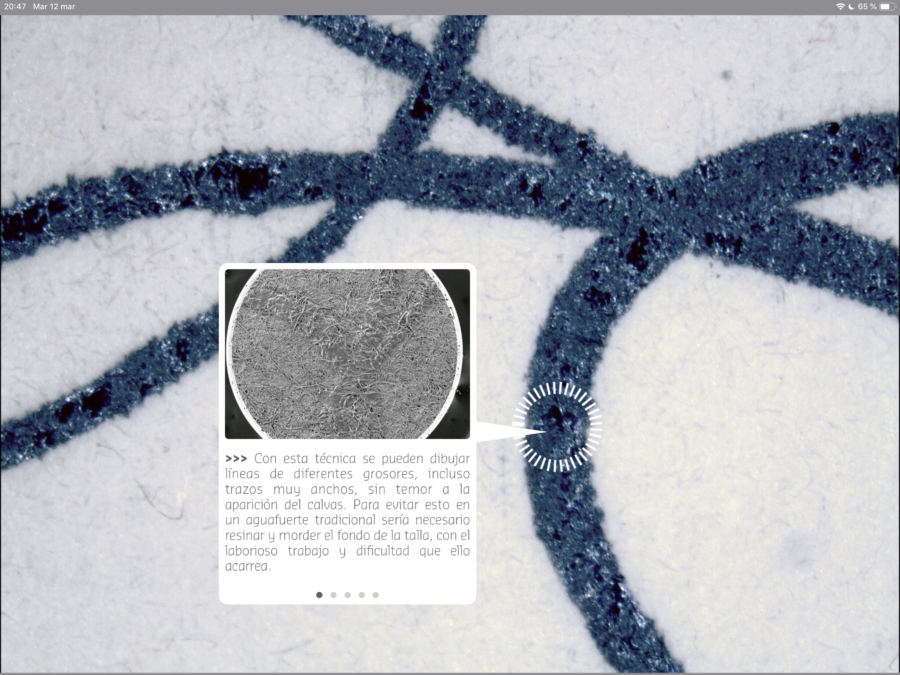_anode-cathode
electrólisis y galvanografía
la memoria química esculpida por electrones
_ subject
_ speciality
electrolytic etching, galvanography
[anode-cathode
electrolysis and galvanography
the chemical memory sculpted by electrons]
Anode-Catodo, starts from the basic idea of the dichotomy of opposites for the generation of matrices, to offer a new world or a new way to observe the world, between seeing and being, where knowledge and thought dwell.
_ the book
This book aims to provide an adjacent view of the world of contemporary graphics and thus demonstrate the possibilities of scenarios that are complementary to the traditional graphics landscape. From this structural position, one then dives into the magical complexity of opposites and beyond into the chemistry of substances that transform matter and landscapes, in short: life. Since electricity is the protagonist of our history, we wanted to investigate the role it has played in our field. The chemistry that modifies the micro and macro universe is based on principles and reactions where electrons travel between elements to transform substances, thus creating that wonderful loop of repetition and transformation, where new universes appear right in front of our eyes to, in real time, modify the map that we step on, see or inhabit.

